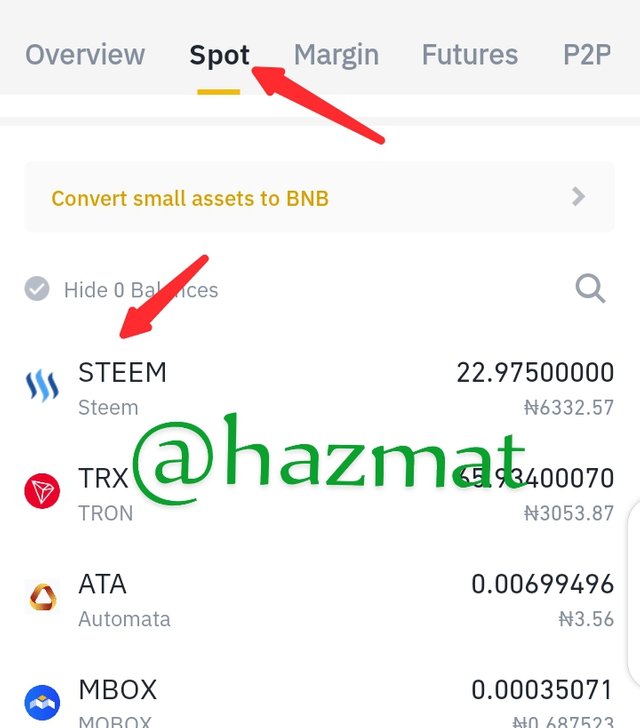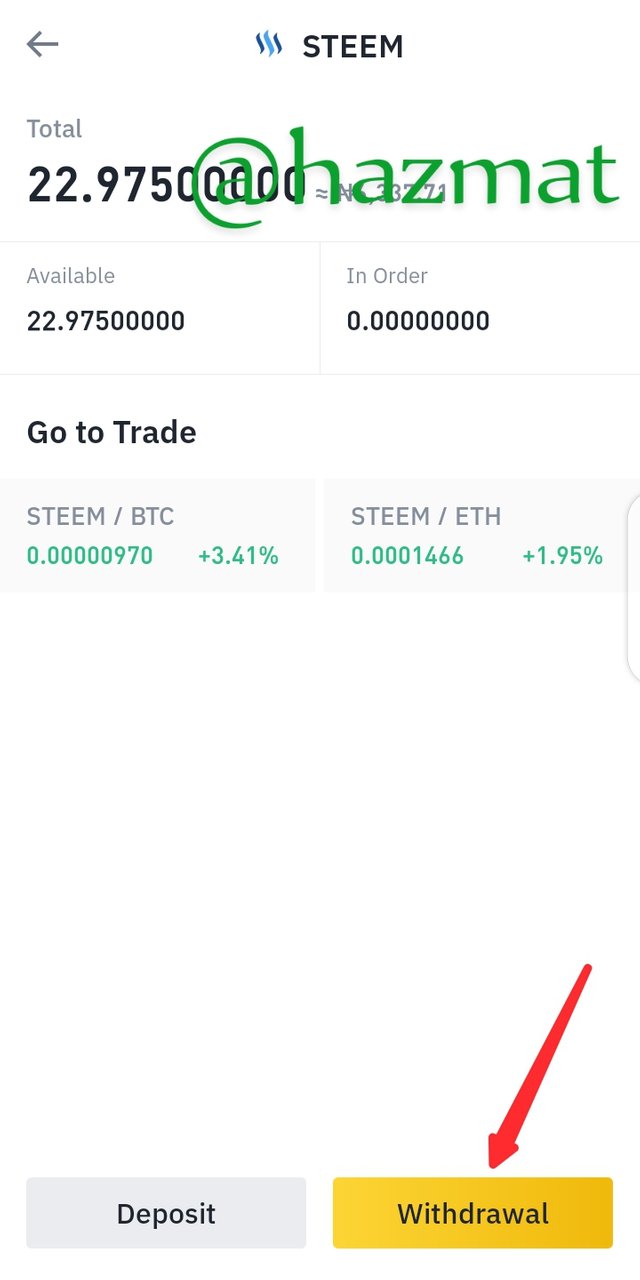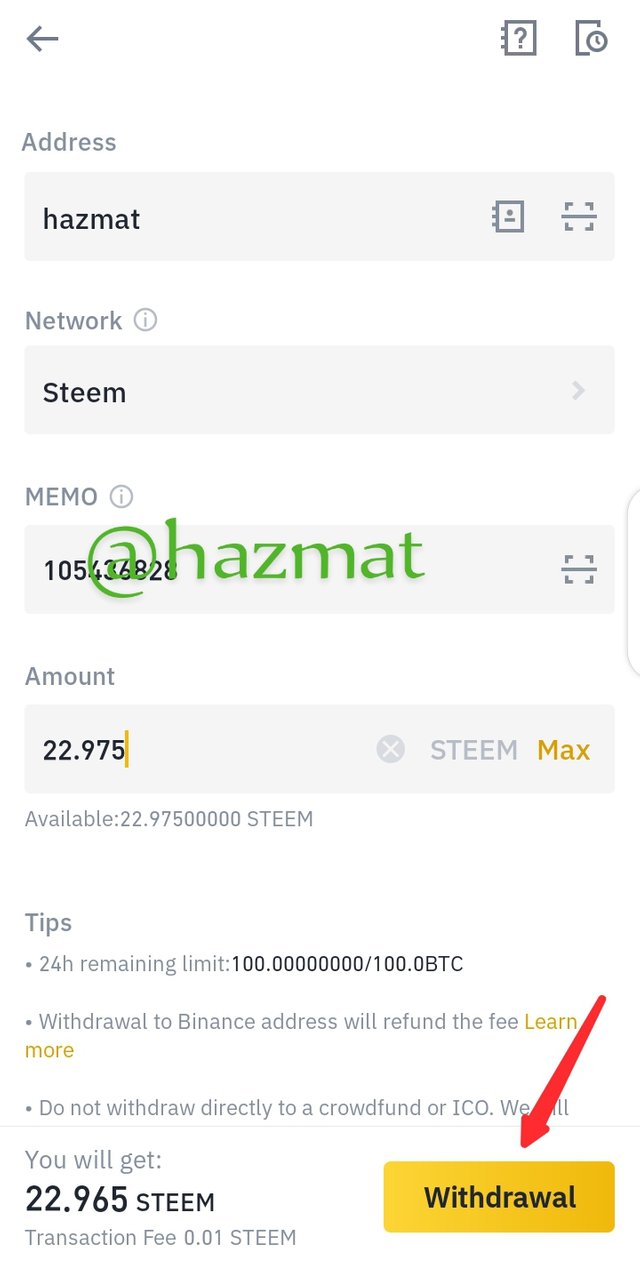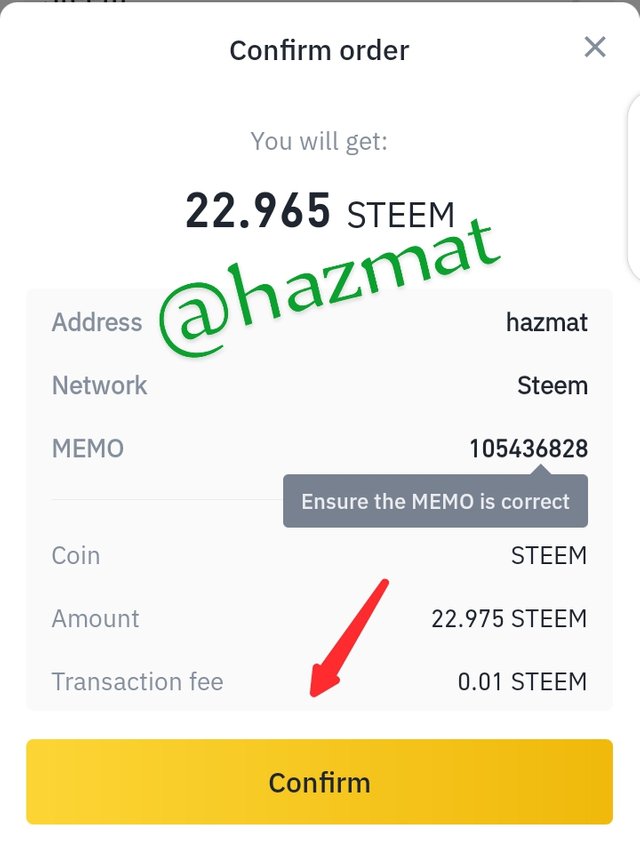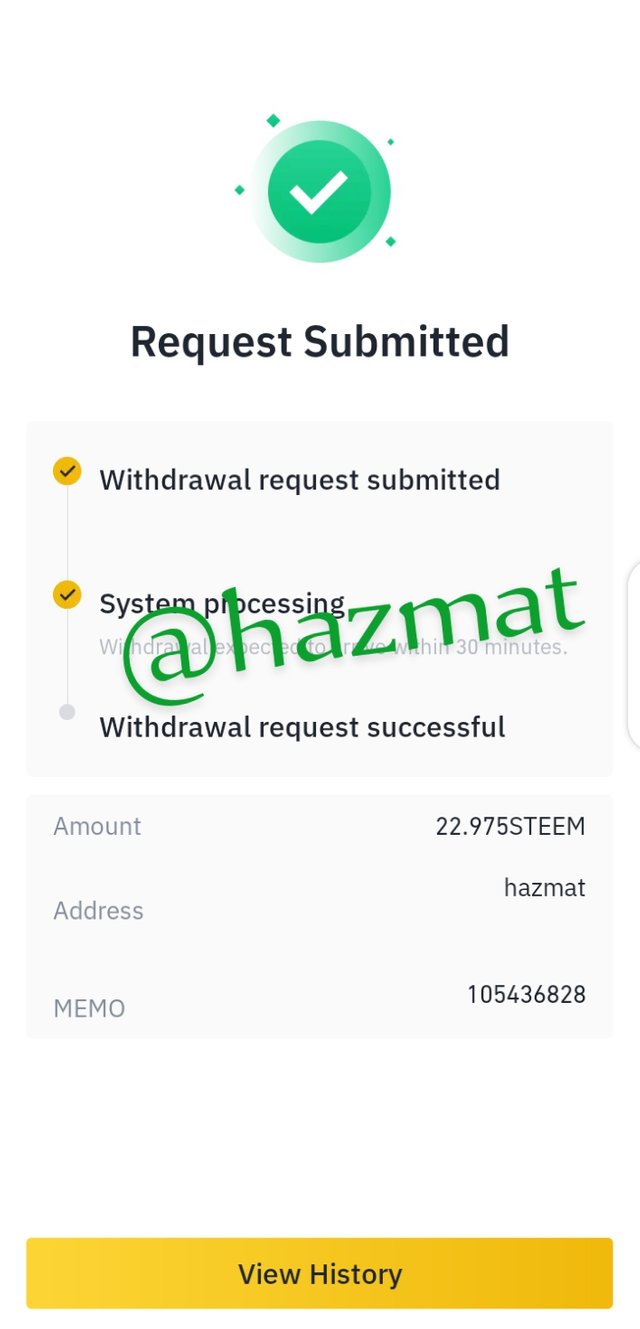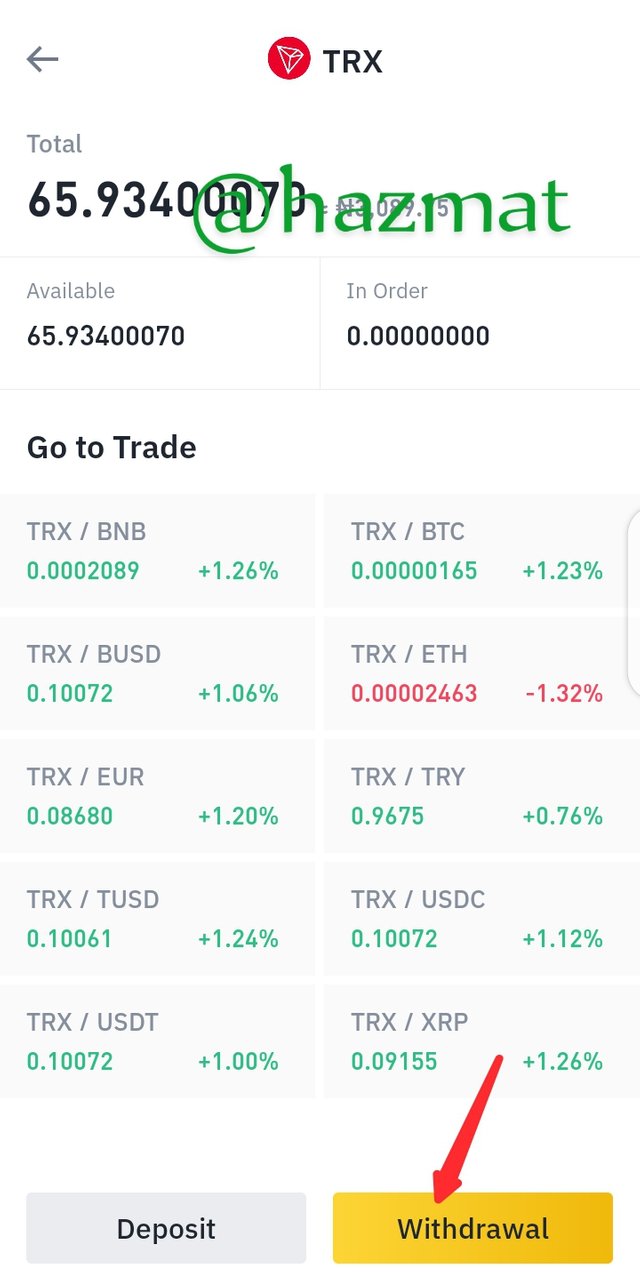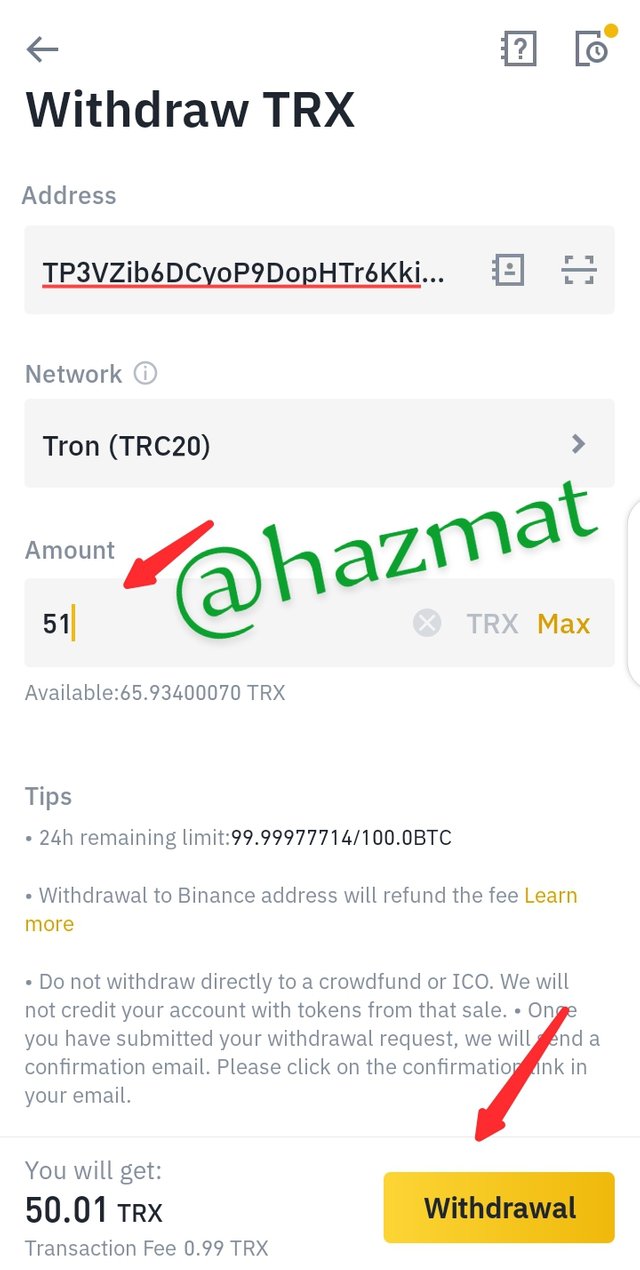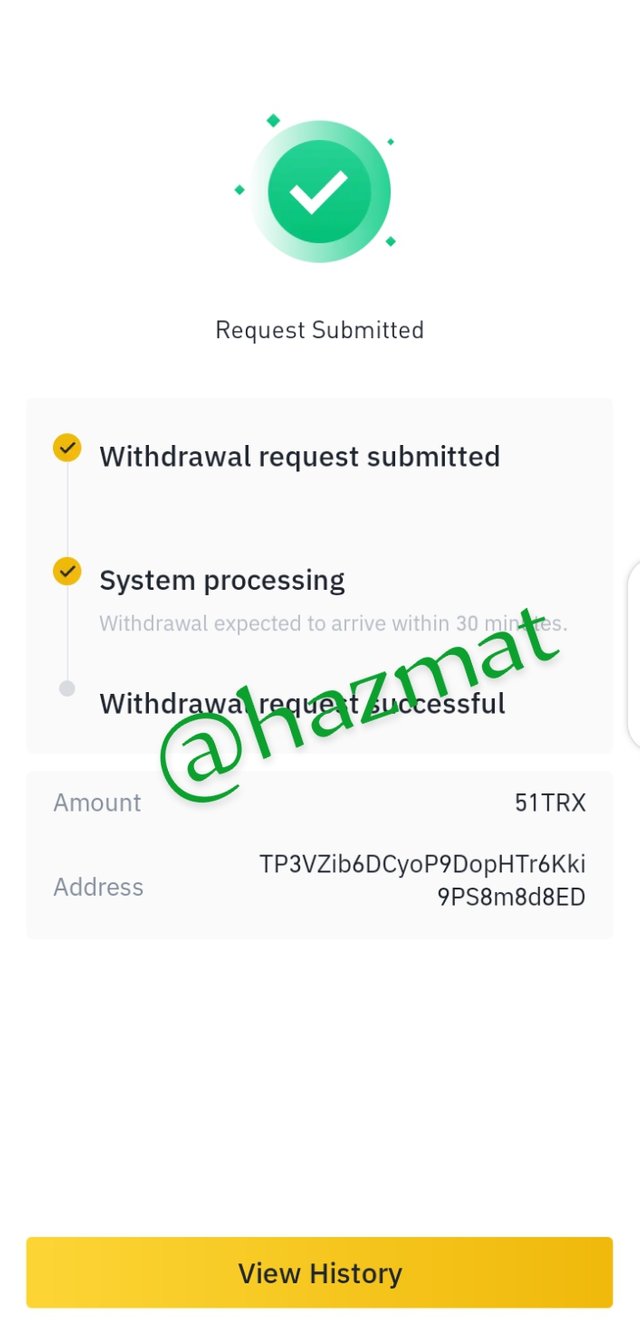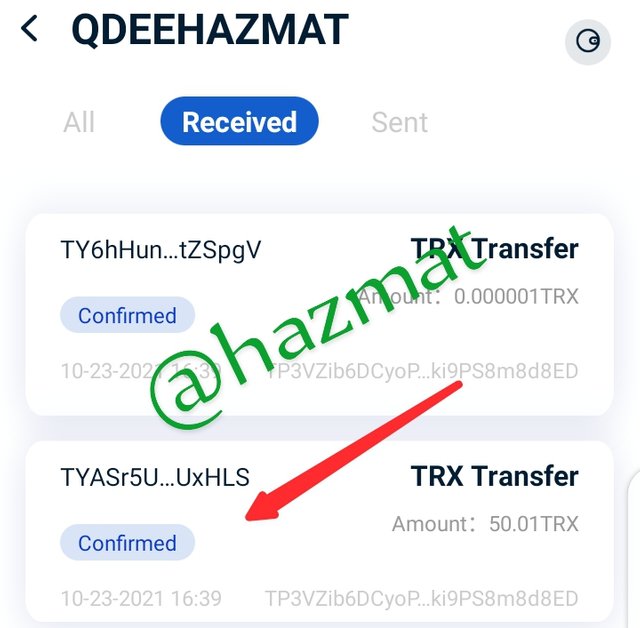Proof of Keys- Steemit Crypto Academy- S4W7- Homework Post for @awesononso
This being my first post with regards to the weekly courses offered to the beginner level. I would be answering the questions after going through the lecture on proof of keys
Explain private and public Keys in relation to custodial and non-custodial wallets.
What do you think about the Proof of Keys Day? What precautions would you take when participating?
Do you prefer Centralized exchanges or Decentralized wallets for storing your cryptocurrencies? Why?
Let us assume it is Proof of Keys Day:
Transfer at least 20 Steem from your Binance wallet to your Steemit wallet.
Transfer at least 50 TRX from your Binance wallet to your TronLink wallet.
(Provide Screenshots and make sure you have your Keys).
In one statement, what is the major significance of the transfers in question 4.
Explain private and public Keys in relation to custodial and non-custodial wallets.
To fully see the significance in the difference between custodial and non custodial wallets, it is essential to understand the concepts of keys and why some are public and others are private.
Then we can now see how they are related to both wallets and the difference in their functionality for both the custodial and non-custodial types of wallet.
•PUBLIC KEY
Public keys as the name implies is a form of key that is public and it can be shared with anyone. They are generated using cryptography in the form of a software code.
Public keys basically are use as a means to encode a message, thus they only perform the function of encoding but not for decoding.
•PRIVATE KEY
Unlike the public key, the private key are used for decrypting what was encrypted by the public key. For a public key generated for a wallet, the wallet has a private key generated as well which is only available to the wallet user.
The anonymous nature of private key is due to the fact that they can grant access to facilitate transactions using funds from a user wallet, hence why it is to be kept always private and secure.
In essence, public keys perform the function of locking the funds in a wallet, while the private key is used for unlocking them.
It is quite dangerous to expose your private key as a private key which is public means public access to wallet funds.
CUSTODIAL AND NON-CUSTODIAL WALLETS
Even if you haven't heard of Custodial and non-custodial wallets, the hint is in the names as it relates to whoever is in the custody, control, or has authorization to the private key to a wallet.
Now we'll be looking at the significance in relation to both wallets.
•CUSTODIAL WALLETS
Custodial wallet involves a wallet type whereby the private key access is in the control of a third party. This is quite common with decentralized systems.
Custodial wallets require a user to entrust the safety of their private keys to their system, this having access to your your funds and can perform transactions using them.
This type of system is quite familiar if you loon at the banking institution which is an example of centralized system.
Although your funds are in your name and balance is reflected but actual money on ground can be used by the bank to perform transactions without your consent because although it is your find, you have entrusted them with it's safe keeping.
Some examples of wallets operating custodial networks are the popular Binance and Poloniex exchange, both of them are centralized in nature.
•NON-CUSTODIAL WALLETS
Non custodial wallets on the other hand involves the type whereby the private key is in possession of the wallet user. This is the opposite of the former as it is decentralized in nature and does not involve third party access.
The key is generated using cryptography at the instance where the user is creating the wallet. To perform a transaction you have to approve with the private key, thus taking up the responsibility of securing them.
Upon creation, the user is advised to write them down for secure keeping as the system is not liable to any complaint relating to it's loss.
Some of the wallets operating this system are Nuri and Abra, both are decentralized in nature.
What do you think about the Proof of Keys Day? What precautions would you take when participating?
Proof of key Day symbolizes an event whereby users make withdrawal of their funds kept in centralized wallets into decentralized wallets to signify taking control of their assets.
This event had initially held to honor when the first cryptocurrency the Bitcoin was first mined. Although it has expanded to accommodate other cryptocurrencies.
It is usually held in January on the third day to commemorate the freedom which cryptocurrencies has brought into our financial space.
Also it attempts to uncover dubious claims in our financial institutions and see whether funds displayed by the centralized systems are actually in existence and not just cooked up numbers to make them look good in public eye.
THINGS TO NOTE ABOUT ITS SIGNIFICANCE
Some of the significance of this event include
| SIGNIFICANCE | DETAILS |
|---|---|
| (i) | |
| CELEBRATION | It was initially started to celebrate the mining of the first Bitcoin which started the journey which has now taken over the world. |
| (ii) | |
| SECURITY | Proof of keys day teaches the user on the responsibility of self handling of their keys and securing private keys attached to their wallets. You are reminded how to perform transactions that do not involve third parties but require only your authority hence showing what financial freedom means. |
| (iii) | |
| FRAUD EXPOSURE | Exposure of fraudulent claims about the amount of funds in the possession of some centralized systems. By moving funds to a decentralized exchange, we can easily verify if the funds available is what is projected. |
PRECAUTIONS TO NOTE
When participating in this event some of the precautions I would take before participating include.
• Before transfer of funds from the centralized wallet to a Decentralized one, you should firstly save your private key securely as loss of the key will lead to loss of all your funds.
• It is also paramount to confirm that you have the correct private key, copying the wrong one will be your fault and yours only. Always cross check and recheck that you have not made any form of errors copying them down.
• The actual Transfer of funds is another place to be extremely careful, make sure addresses are well spelt and memo is copied correctly to avoid sending to wrong wallet or simply having your assets vanishing.
Do you prefer Centralized exchanges or Decentralized wallets for storing your cryptocurrencies? Why?
Personally for storing my cryptocurrencies I prefer a Decentralized wallets. Although i use my Binance wallet for trading and swaps, for storage I use a Decentralized wallet.
In a world riddled with cyber attacks and hacks, I do not believe that my keys are a 100% safe on a centralized storage.
I believe if a situation arises where I loose my private keys the fault would be no one else but mine.
Also i prefer the sense of responsibility and authority which decentralized wallets offer as I am fully in control of my affairs.
Let us assume it is Proof of Keys Day:
Transfer at least 20 Steem from your Binance wallet to your Steemit wallet.
Transfer at least 50 TRX from your Binance wallet to your TronLink wallet.
Steem Transfer
To transfer steem from my Binance wallet to steemit Wallet, it is explained in these easy steps
STEP 1
Under spot in my wallet I searched for steem
STEP 2
I went to select steem on my Binance wallet and then input the amount of steem to be withdrawn
STEP 3
Then i confirmed the transaction
STEP 4
Confirmation of transaction on steemit wallet
Tron Transfer
To transfer Tron from my Binance wallet to Tronlink wallet, it is explained in these easy steps
STEP 1
I selected TRX and clicked on withdrawal
STEP 2
Then I input the amount of TRX I want to withdraw and submitted
STEP 3
Confirmation of the transaction on my Tronlink wallet
All images used above are taken from my Binance wallet, steemit wallet and Tronlink wallet.
In one statement, what is the major significance of the transfers in question 4
The Transfers above have shown that I actually secured my keys well and that the funds displayed on the centralized exchange are mine.
CONCLUSION
It has always been a point emphasized on the importance of our keys regarding wallets. I must commend the professor for this lecture which has reminded us on their important significance.
Both centralized and decentralized exchanges are unique in their own ways it is left to the user to determine which system they trust best. Thanks for this lecture professor @awesononso
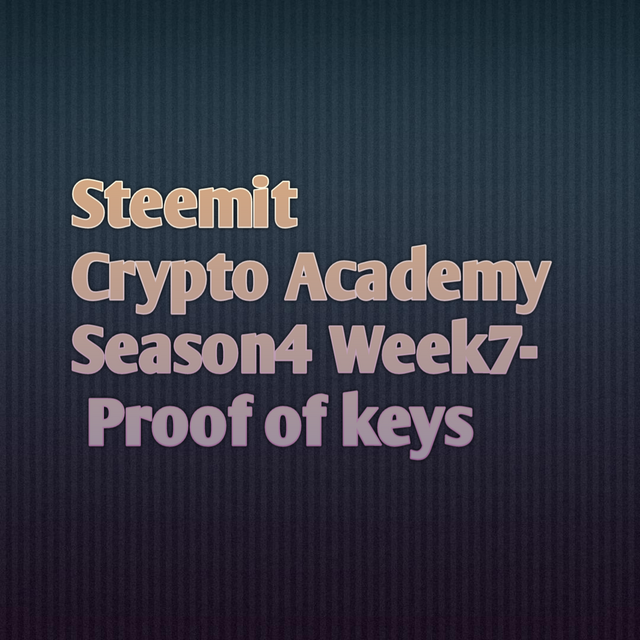

.png)
.jpeg)

.jpeg)
